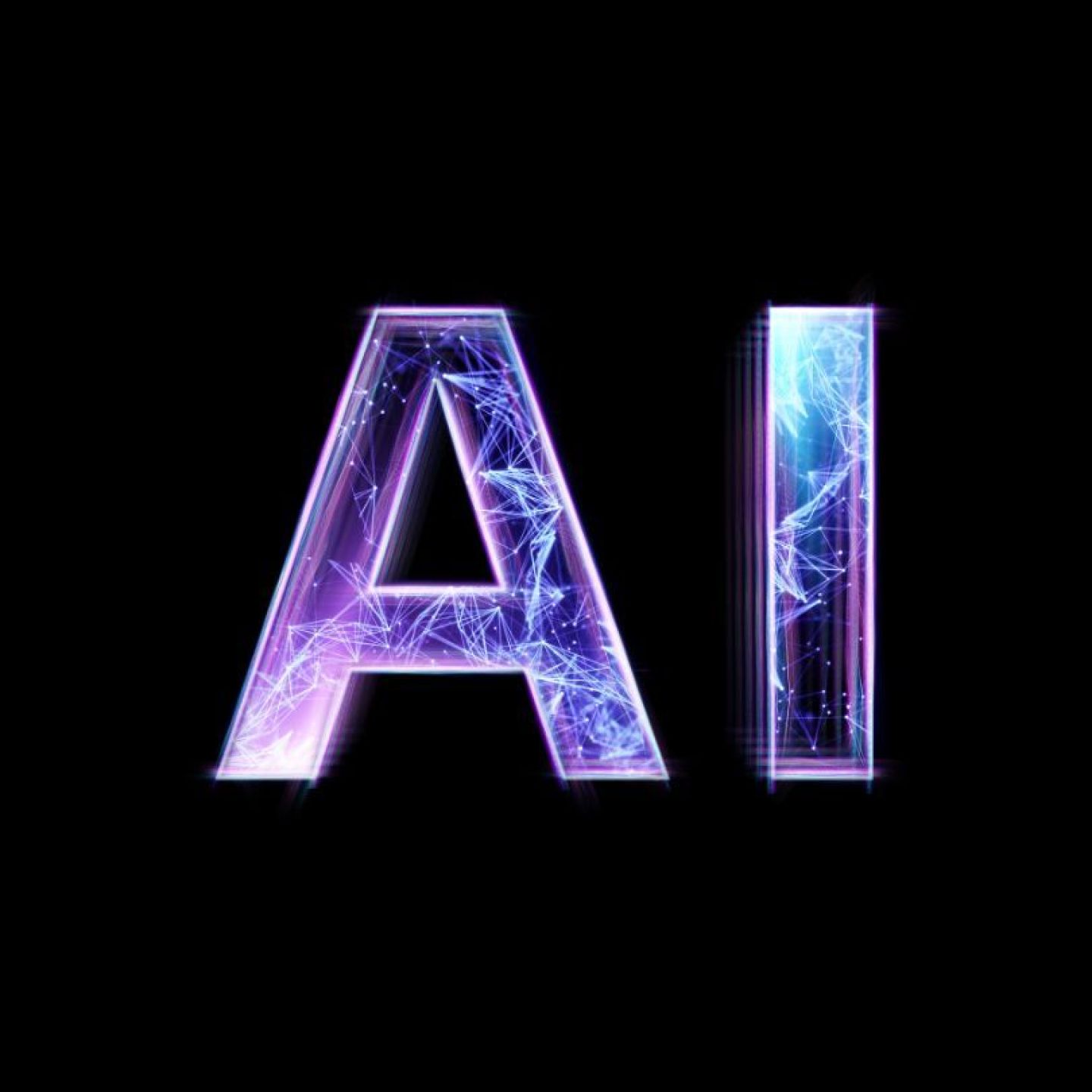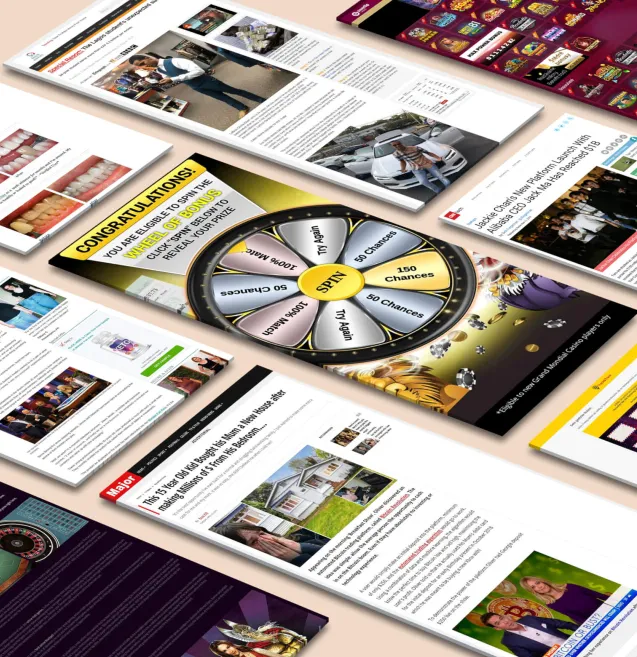
Our spy tools monitor millions of native ads from over 60+ countries and thousands of publishers.
Get StartedAI has changed the advertising world, making it easier for brands to connect with their target audience. Hyper-personalized native ads, powered by AI, are a significant departure from traditional marketing methods that treat everyone the same. Instead, these ads offer highly targeted experiences tailored to individual preferences.
In today's digital age, consumers expect brands to interact with them in a personalized way. Thanks to AI-powered advertising platforms, this is now possible. These platforms can analyze large amounts of user data instantly, allowing them to create customized ad experiences that align with each person's likes, actions, and needs. As a result, advertisers are seeing higher engagement rates, better conversion rates, and increased return on investment (ROI).
The combination of AI and native advertising opens up exciting opportunities for brands:
In this article, we'll delve into how AI is transforming ad personalization in real-time and its role in creating effective hyper-targeted native ads. We'll explore how machine learning algorithms work with user data to optimize ad delivery and shape the future of online advertising.
Hyper-personalized native ads are a sophisticated form of digital advertising that seamlessly integrate with the platform's content while delivering tailored messages to individual users. These ads match the look, feel, and function of the media format where they appear, creating a non-disruptive user experience. In fact, native ads are designed to blend in with the content, making them less intrusive and more engaging for users.
The power of hyper-personalization lies in its ability to create meaningful connections with users through highly relevant content. By analyzing data points such as browsing history, purchase patterns, and demographic information, advertisers can craft messages that resonate with specific audience segments.
This targeted approach yields significant benefits:
The precision of hyper-personalized native ads transforms traditional advertising metrics by delivering content that users genuinely want to engage with, creating a win-win situation for both advertisers and consumers.
AI technology is changing the world of native advertising by making it possible to personalize ads in real time. With advanced algorithms, AI can analyze large amounts of data quickly and deliver highly relevant ad experiences to individual users.
The main advantage of using AI for ad personalization is its ability to:
AI systems are great at understanding users by looking at different types of data:
This includes information about how users interact with websites and content, such as:
AI also takes into account basic demographic details like:
In addition to behavioral and demographic data, AI considers contextual factors that may influence user behavior:
These various data points are fed into machine learning models that create dynamic user profiles or personas.
The true power of AI comes from its ability to combine different types of data to make predictions about user behavior.
For example, by analyzing past engagement patterns, an AI system can determine:
Using these insights, advertisers can create native ads that seamlessly fit into the user's content consumption experience.
One of the key benefits of using AI for ad personalization is its ability to learn over time.
As more data becomes available and user behaviors change, the machine learning models powering the AI system can be updated to reflect these shifts.
This means that the personalization engine behind native ads is always evolving, adapting to new trends and preferences in real-time.
Modern AI algorithms are capable of detecting subtle patterns in user engagement data that may not be immediately obvious to human analysts.
By applying these advanced techniques, advertisers can:
These granular insights lead to significant improvements in key performance metrics such as click-through rates, conversion rates, and overall return on investment for native advertising campaigns.
Predictive analytics transforms raw user data into actionable insights for dynamic ad targeting. This AI-powered approach uses historical data patterns to forecast future user behaviors and preferences with remarkable accuracy.
The real-time capabilities of predictive analytics enable advertisers to:
Advanced machine learning models continuously refine their predictions by incorporating new data points, creating a self-improving system that enhances targeting accuracy over time. These models identify subtle patterns in user behavior that human analysts might miss, leading to more precise ad targeting and higher conversion rates.
Recent innovations in predictive analytics have introduced capabilities like:
Machine learning algorithms are changing the game for ad placement strategies by quickly analyzing large amounts of data. These AI systems look at:
The algorithms constantly learn from real-time performance data, making adjustments to ad placements for better visibility and engagement. A dynamic bidding system automatically changes bid amounts based on the likelihood of conversion, making sure ad spending is efficient.
Real-time optimization also applies to:
Machine learning models find specific times when users are most likely to respond to ads, known as peak performance windows. These systems can pick up on subtle patterns in user behavior and quickly adjust placement strategies, creating an advertising ecosystem that maximizes return on investment (ROI).
Advanced AI technologies allow for multi-variable testing, where multiple placement combinations across different platforms and audience segments are evaluated at the same time. This real-time optimization process creates a self-improving system that continuously enhances ad performance through automated learning and adaptation.
Leading tech platforms have transformed native advertising with advanced AI technology. Here's how major players are influencing the industry:
These platforms are constantly improving their AI capabilities, pushing the limits of what's possible in native advertising. Their innovations in machine learning and data analysis create increasingly sophisticated targeting mechanisms, leading to higher engagement rates and better ROI for advertisers.
The advertising industry is quickly moving towards large-scale hyper-personalization. AI-powered native advertising will see significant advancements in:
Brands can't afford to wait - the AI advertising revolution is happening now. Start by:
The brands that embrace these AI-driven personalization strategies today will lead the advertising industry tomorrow. Your competitors are already making these moves - it's time to transform your advertising approach with AI-powered solutions.
Receive top converting landing pages in your inbox every week from us.
How-To
Native ads can do more than drive clicks—they can build long-term brand loyalty. Learn how to use authentic storytelling, strategic placement, and audience targeting to strengthen trust during year-end campaigns. Discover how subtle, value-driven messaging keeps customers engaged beyond the holidays. Ideal for marketers aiming to turn seasonal buyers into loyal brand advocates.
Marcus Chen
7 minDec 15, 2025
Must Read
As third-party cookies fade away, contextual targeting is making a powerful comeback. Learn how to leverage native ads that align with user intent and content relevance to maintain high engagement and conversions. Discover modern tools and tactics that make cookie-free targeting both precise and scalable. Ideal for advertisers seeking privacy-friendly ways to drive performance in 2025 and beyond.
Liam O’Connor
7 minDec 9, 2025
Recently Updated
Native ads can make or break your holiday marketing success. Explore how to evaluate your recent campaigns and identify what worked—or what fell short—with native advertising. Learn key optimization tactics to boost engagement, strengthen audience trust, and increase conversions in future promotions. Ideal for marketers aiming to refine their ad strategies after the holiday rush.
Elena Morales
7 minDec 1, 2025




